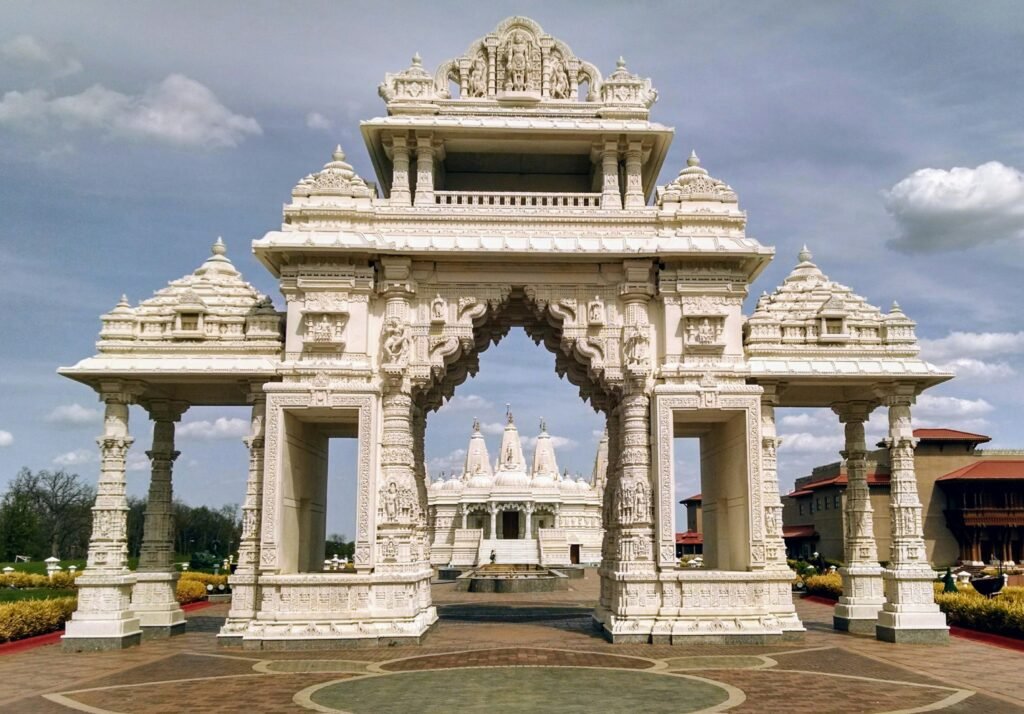
Introduction
The construction of the Ram Mandir in Ayodhya, dedicated to Lord Ram, has been a significant and highly anticipated event in India’s history. With a rich past, immense cultural importance, and meticulous planning, the Ram Mandir stands as a symbol of faith, unity, and architectural marvel. In this blog post, we’ll explore the history and significance of the Ram Mandir, its construction journey, government expenditure, and the meticulous planning behind this magnificent temple.
The Historical Significance of Ram Mandir
The history of the Ram Mandir dates back centuries, rooted in the belief that Ayodhya is the birthplace of Lord Ram, one of the most revered deities in Hinduism. The dispute over the land where the Babri Masjid once stood led to a legal battle that spanned several decades. In 2019, the Supreme Court of India settled the dispute, paving the way for the construction of the Ram Mandir at the very spot believed to be the birthplace of Lord Ram.
Commencement of Construction
The groundbreaking ceremony for the Ram Mandir took place on August 5, 2020, in a grand ceremony attended by dignitaries from across the country. It marked the formal beginning of the temple’s construction, fulfilling the long-cherished dream of millions of devotees.
Government’s Financial Support
The construction of the Ram Mandir is being carried out with significant financial support from both the government and devotees. As of the latest available data, the Indian government allocated approximately INR 300 crores (around USD 40 million) towards the temple’s development. Additionally, numerous devotees have made generous contributions to fund this monumental project.
Planning and Architectural Marvel
The construction of the Ram Mandir is not merely a task of building a place of worship; it’s an intricate architectural endeavor. Skilled craftsmen and artisans from across India are meticulously crafting the temple using traditional techniques and materials. The temple’s design is inspired by the ancient Nagara style of temple architecture, featuring intricately carved stone, domes, and towering spires.
The Ram Mandir complex is designed to be spacious and accommodating, with facilities for pilgrims and tourists. It will include a grand prayer hall, meditation halls, a museum showcasing the history of Lord Ram, and lush gardens.
Conclusion
The Ram Mandir in Ayodhya stands as a testament to the enduring faith of millions and the cultural heritage of India. With its rich history, cultural significance, government support, and meticulous planning, it is set to become a symbol of unity and devotion. As construction progresses, the Ram Mandir will continue to be a beacon of hope and spirituality for generations to come.



